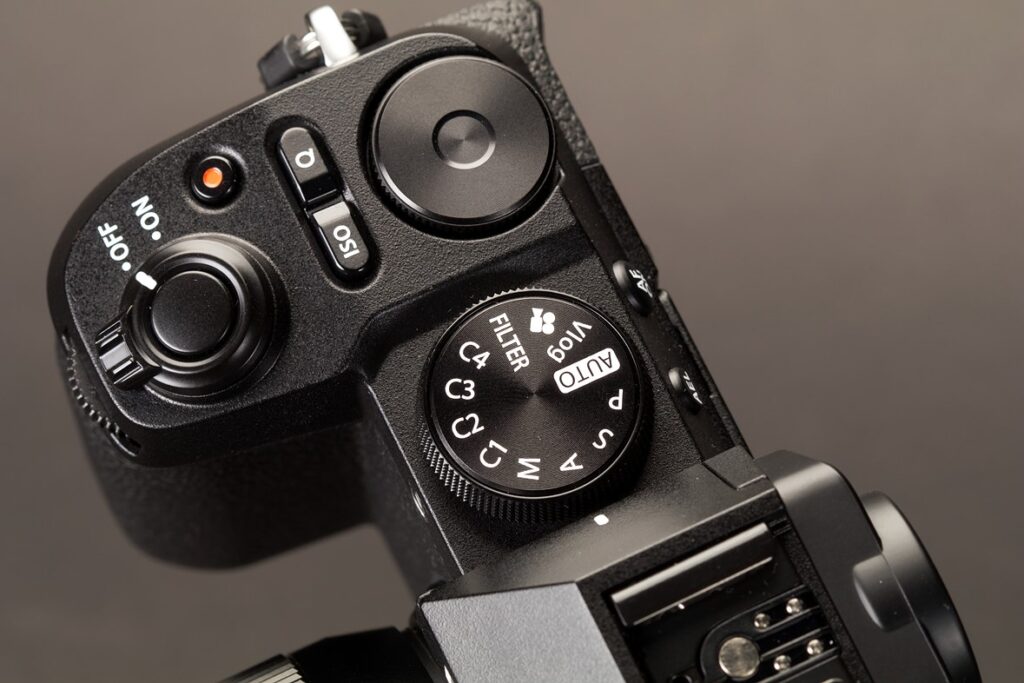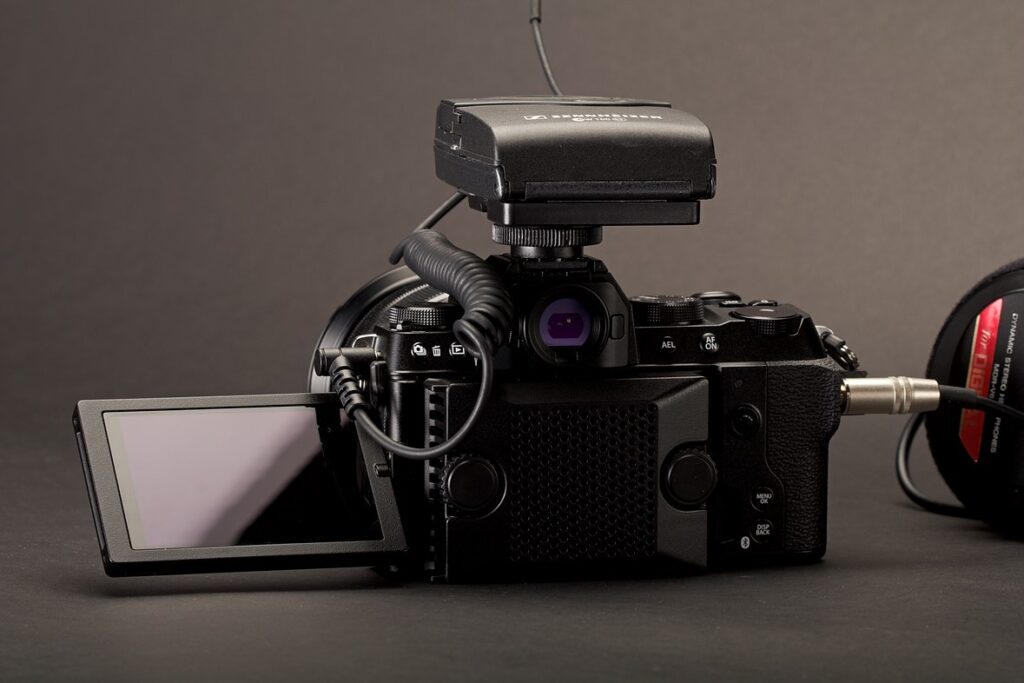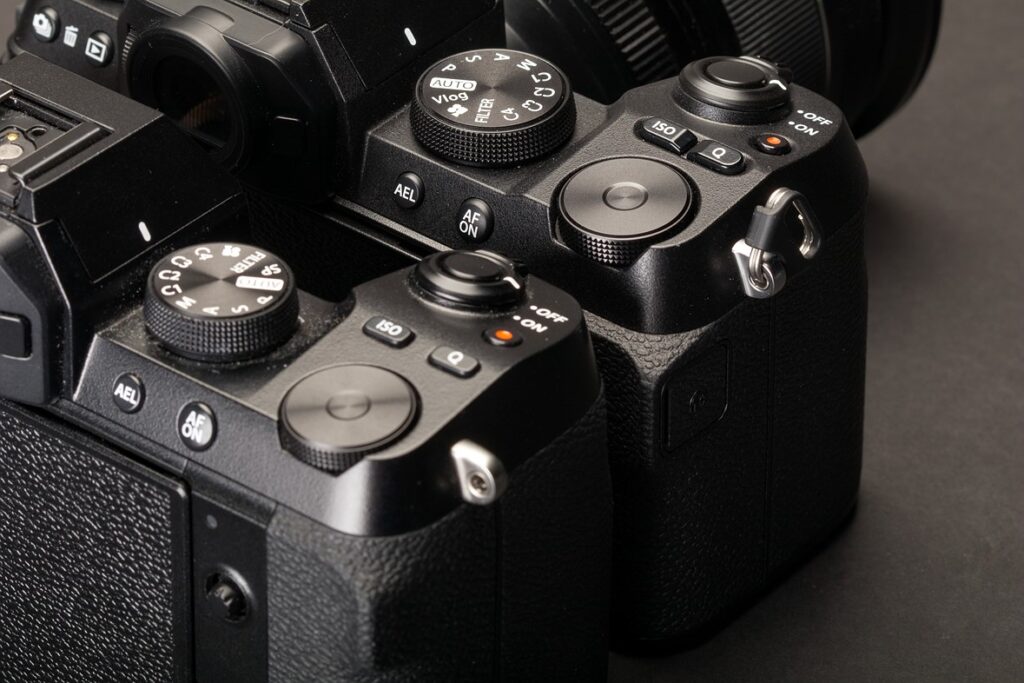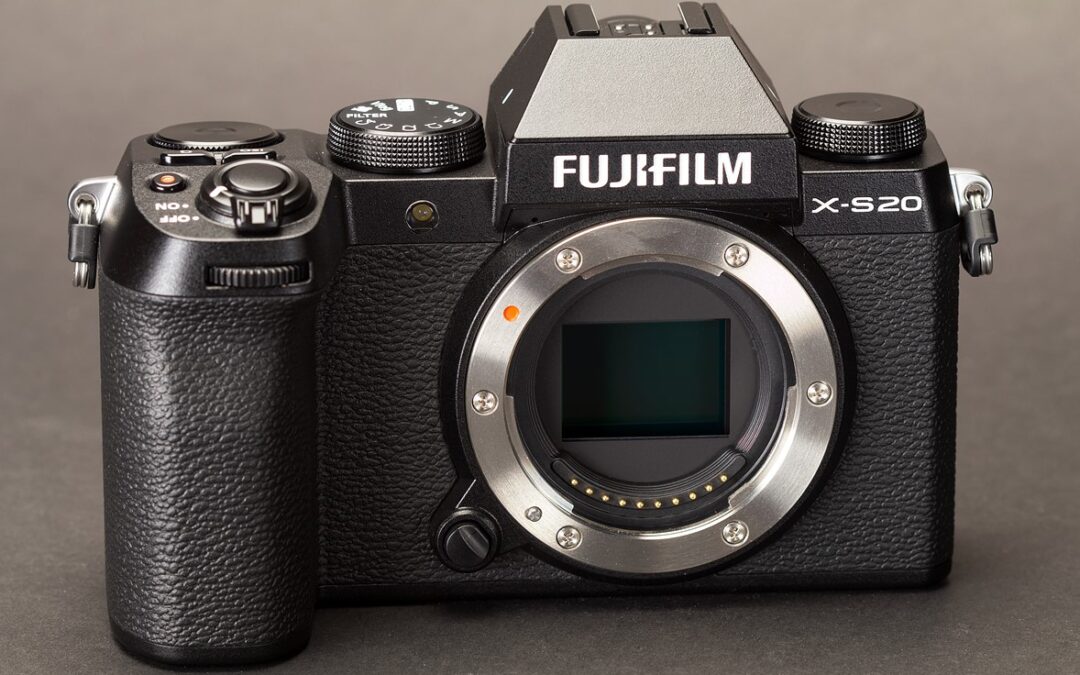








Fujifilm X-S20 – Introduction
Introduction:
Fujifilm has once again captivated photography enthusiasts with its latest offering, the Fujifilm X-S20. As a successor to the popular X-S10, this new mirrorless camera brings a host of upgrades and enhancements that are sure to impress both amateurs and professionals alike. In this blog post, we will explore the exciting features of the Fujifilm X-S20, highlight what sets it apart from its predecessor, and discuss how it compares to other cameras in its class.
- Upgraded Sensor and Image Quality:
One of the notable improvements in the X-S20 is its sensor. It features a 26.1-megapixel X-Trans CMOS 4 sensor, similar to Fujifilm’s flagship models. This sensor, coupled with the X-Processor 4 image processing engine, delivers stunning image quality with excellent detail, dynamic range, and low-light performance. The X-S20 is capable of capturing images with exceptional clarity and true-to-life colors, ensuring that every shot is a masterpiece.
- Enhanced Autofocus and Tracking:
The X-S20 incorporates an advanced autofocus system, leveraging the power of its 2.16 million pixel phase-detection autofocus (PDAF) system. This enables the camera to focus swiftly and accurately, even in challenging lighting conditions. Additionally, the X-S20 offers improved subject tracking capabilities, allowing photographers to effortlessly capture moving subjects with precision. With its highly responsive autofocus and tracking, the X-S20 ensures that you never miss a crucial moment.
- Versatile Film Simulation Modes:
Fujifilm is renowned for its film simulation modes, which replicate the distinct characteristics of their iconic film stocks. The X-S20 expands on this legacy, offering a range of 18 film simulation modes, including Classic Neg, Velvia, and Acros. These modes allow photographers to apply unique color profiles and tones to their images, adding an artistic touch and evoking a sense of nostalgia. Whether you prefer vibrant and punchy colors or timeless monochrome, the X-S20’s film simulation modes provide endless possibilities for creative expression.
- Intuitive Handling and Control:
The X-S20 features a well-designed control layout, providing easy access to essential settings. It incorporates a dedicated exposure compensation dial, allowing for quick adjustments without diving into menus. Additionally, the camera sports a vari-angle LCD touchscreen, enabling intuitive navigation and flexible shooting angles. The inclusion of customizable function buttons and a quick menu further enhances the camera’s usability, ensuring that photographers can adapt to different shooting scenarios effortlessly.
- Comparison with the X-S10 and Other Cameras:
Compared to its predecessor, the X-S10, the X-S20 brings notable improvements in key areas such as sensor resolution, autofocus performance, and film simulation modes. While both cameras share similar features like in-body image stabilization and a compact form factor, the X-S20 elevates the overall shooting experience with its enhanced capabilities.
When compared to other cameras in its class, the Fujifilm X-S20 holds its ground admirably. It competes favorably with its robust image quality, advanced autofocus system, and versatile film simulation modes. Additionally, the X-S20’s renowned Fujifilm X-series ecosystem ensures access to a wide range of lenses and accessories, further expanding its creative potential.
Conclusion:
The Fujifilm X-S20 represents a significant leap forward in Fujifilm’s X-series lineup, combining impressive image quality, advanced autofocus, and intuitive handling. With its upgraded sensor, enhanced autofocus capabilities, versatile film simulation modes, and intuitive controls, the X-S20 sets itself apart as a powerful and reliable tool for photographers. Whether you’re a seasoned professional or an enthusiastic beginner, the X-S20 is poised to elevate your photography to new heights. Embrace the innovation and artistic possibilities of the Fujifilm X-S20 and unlock your creative potential.

